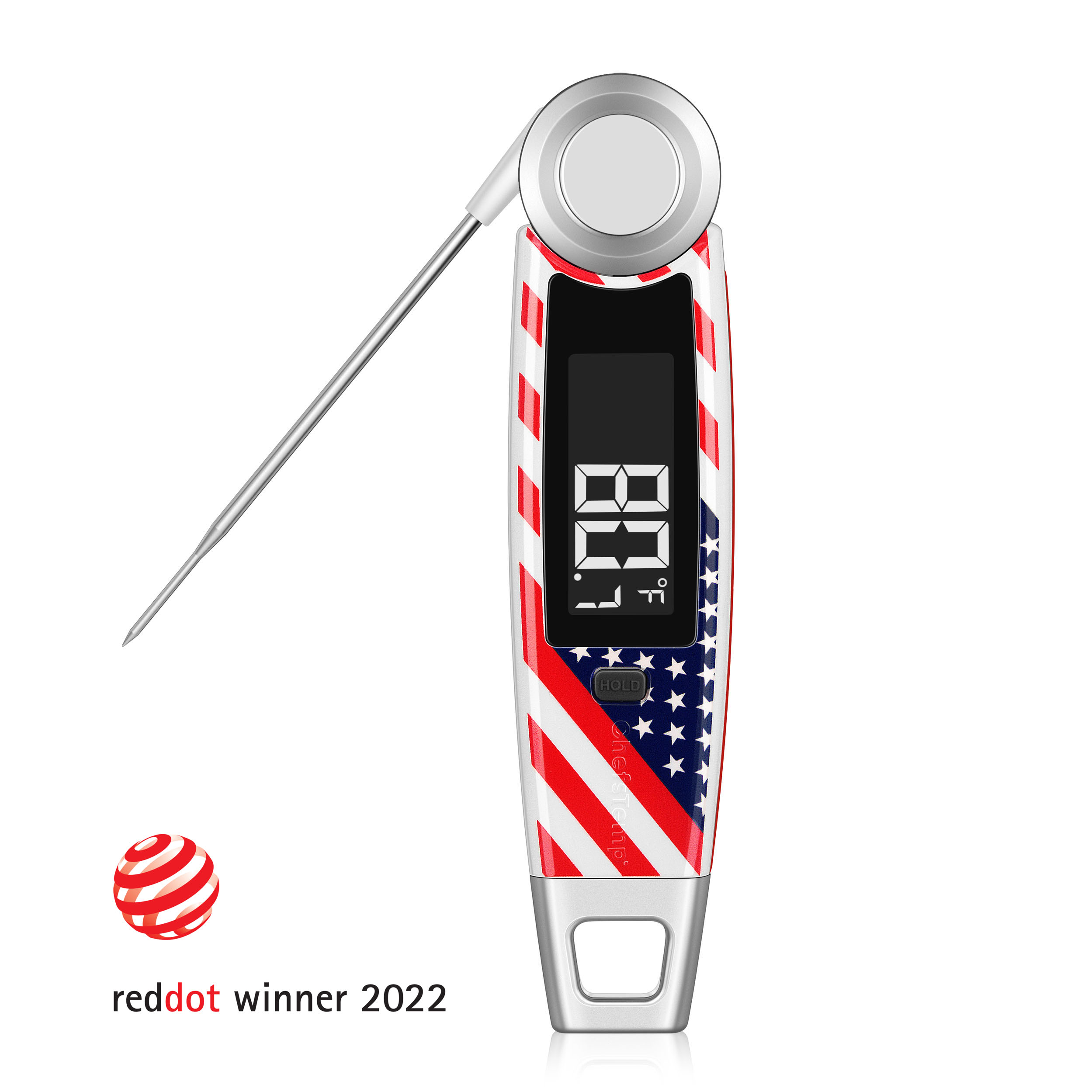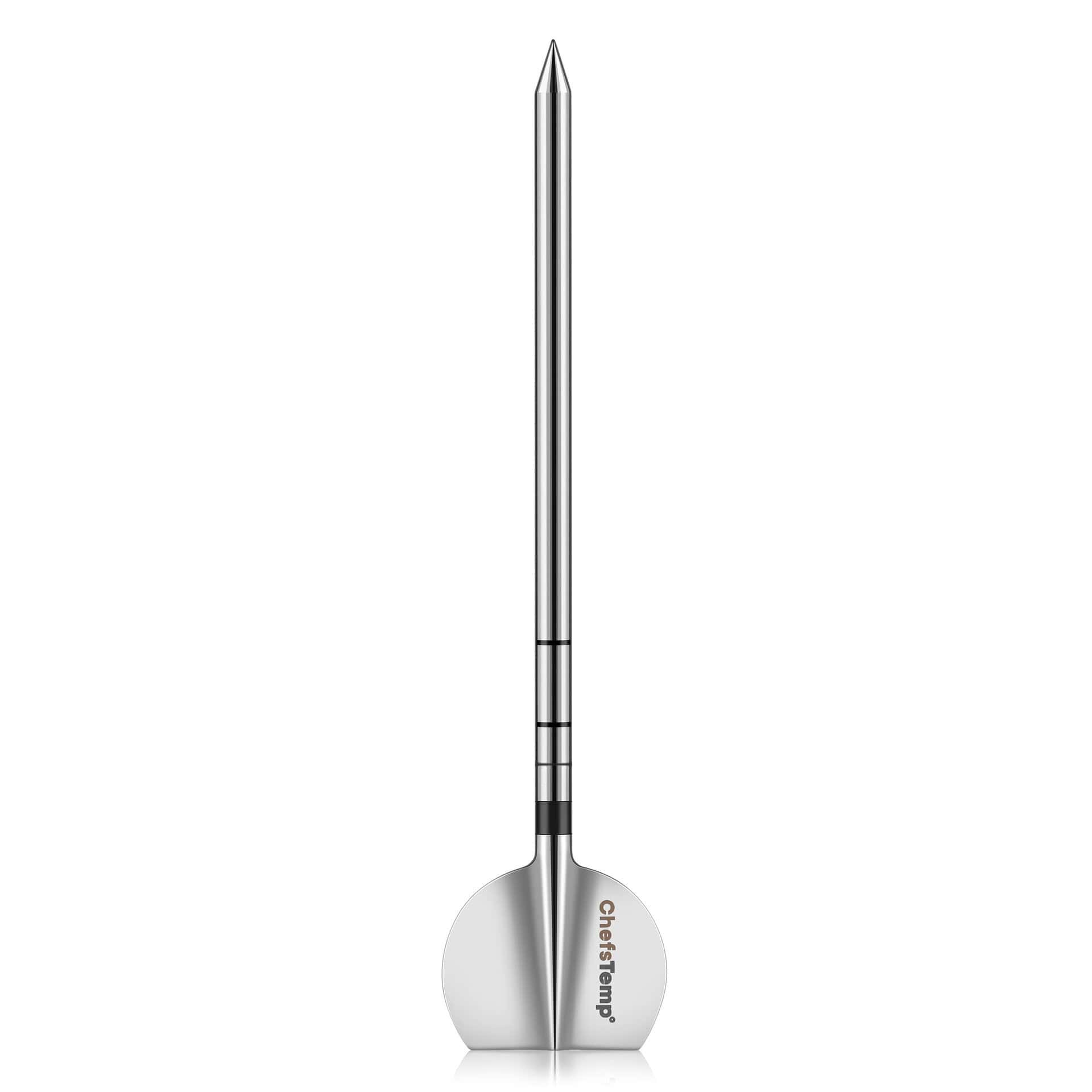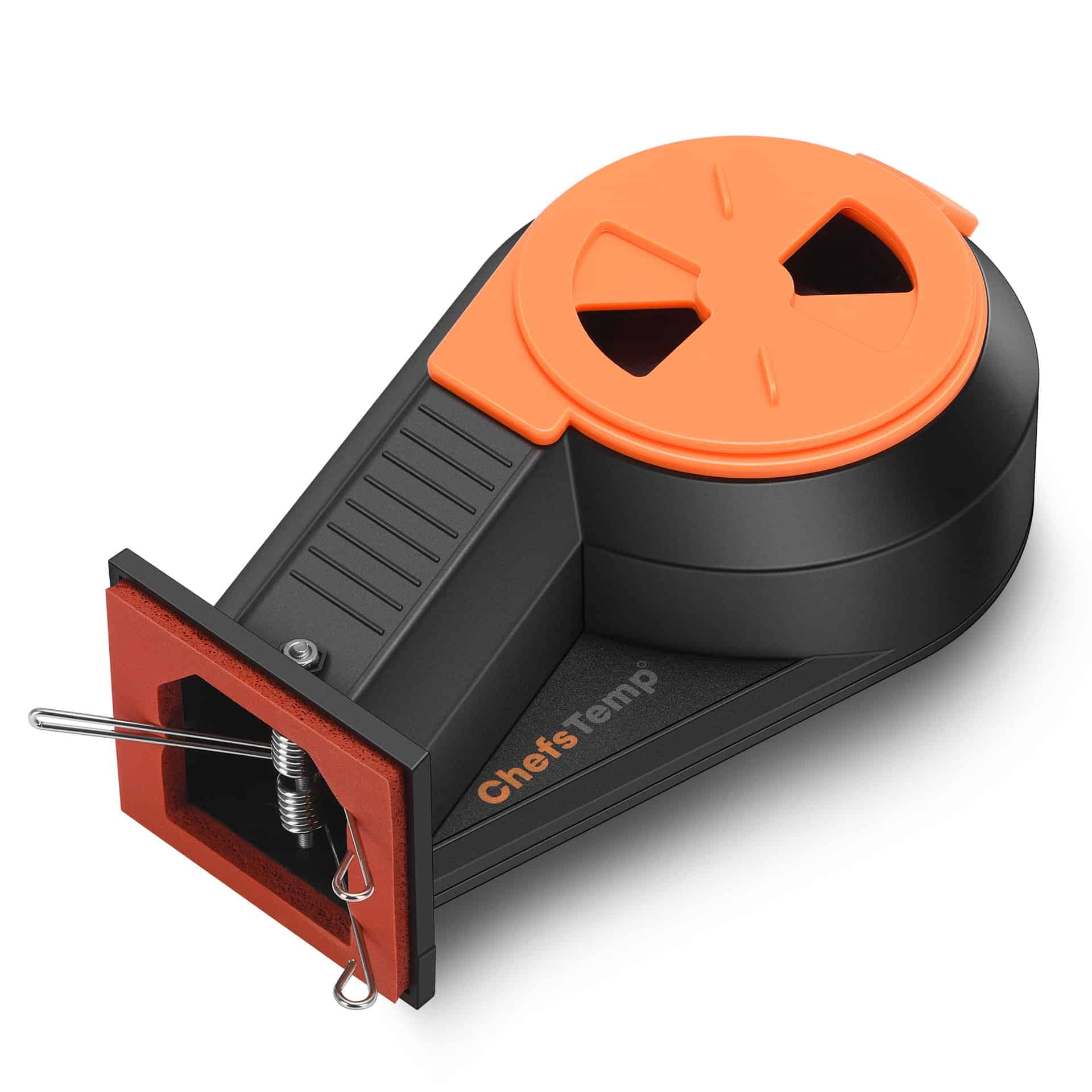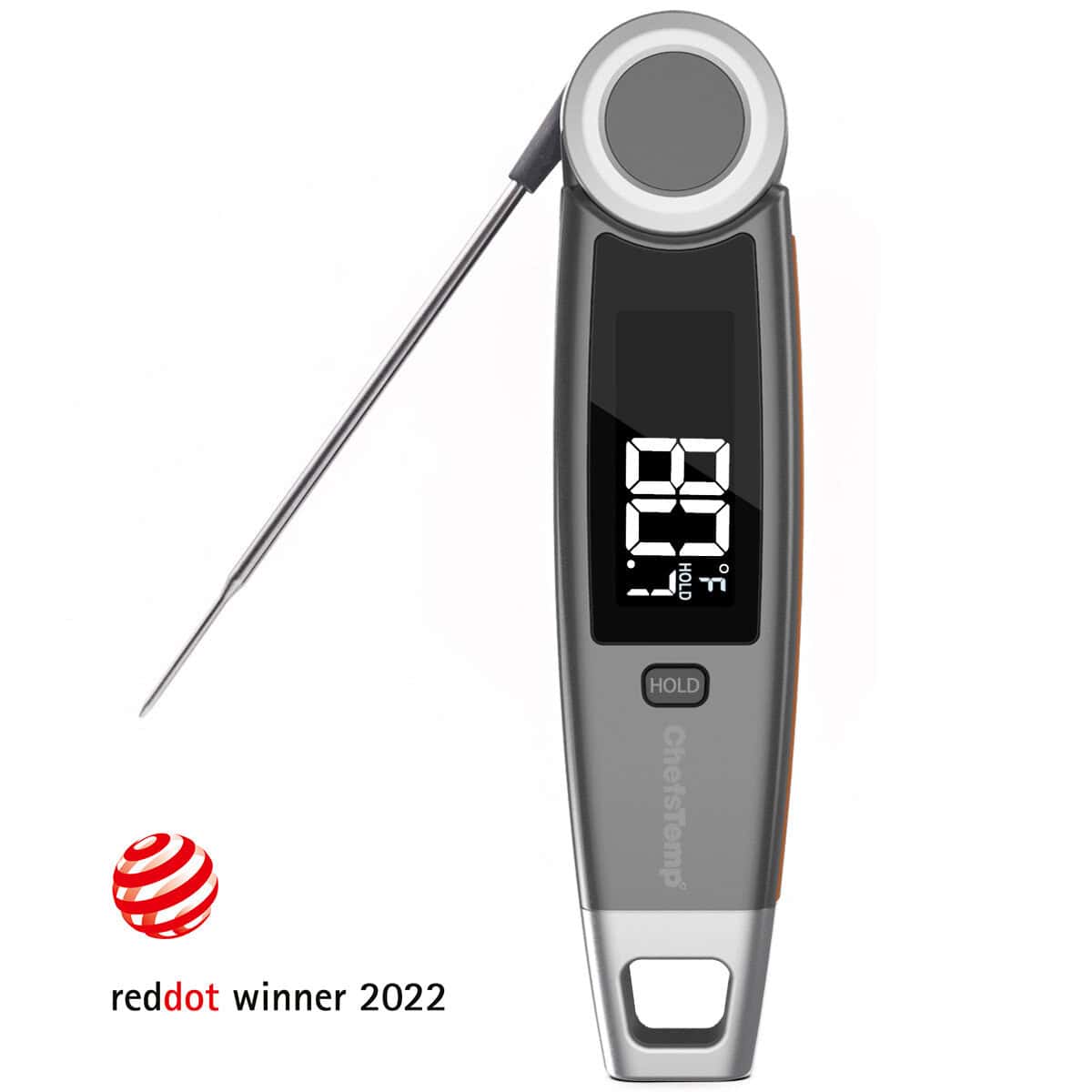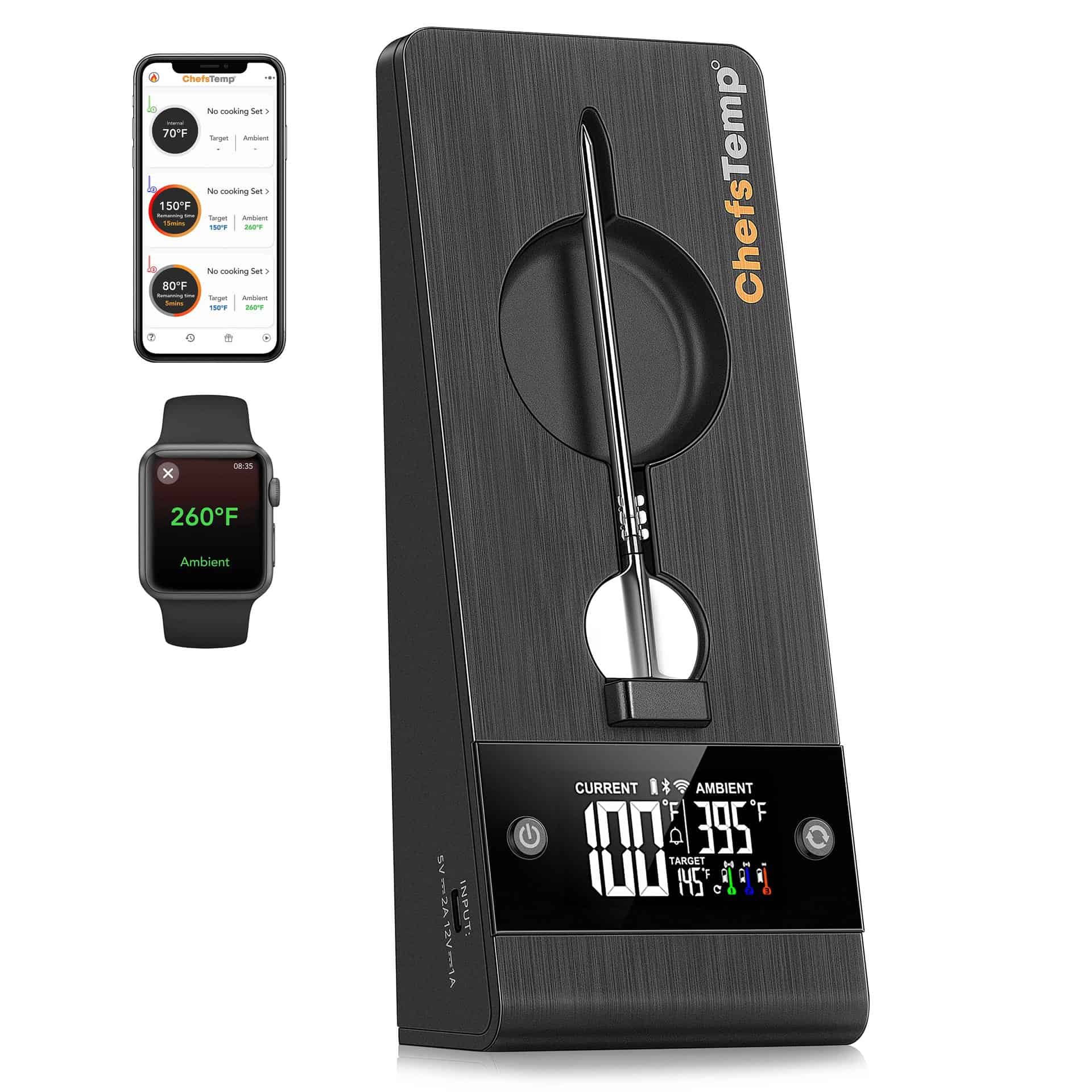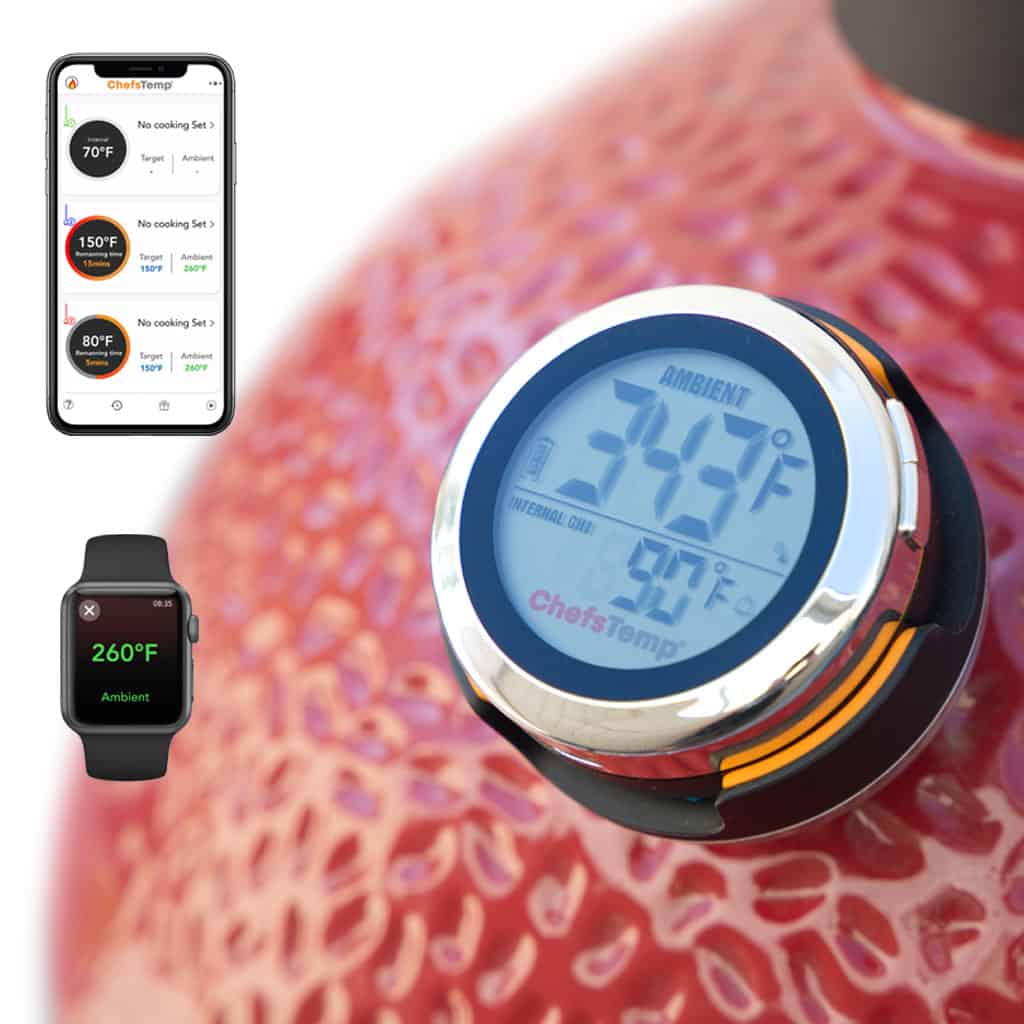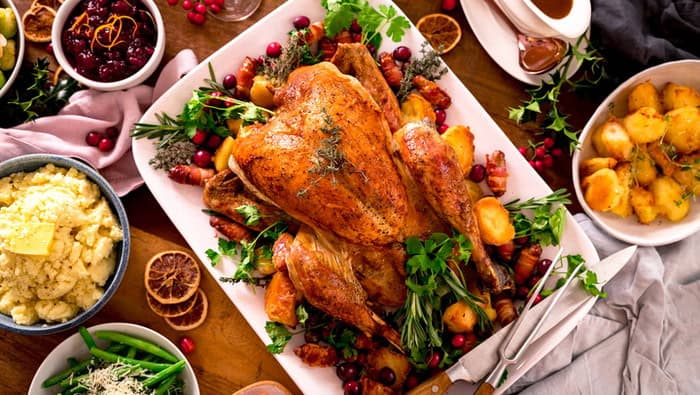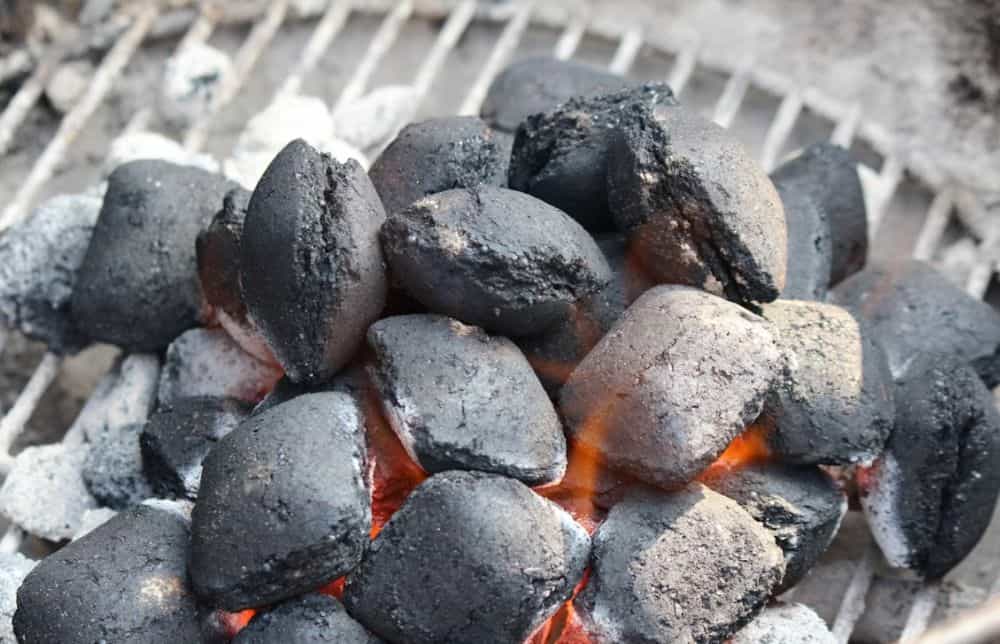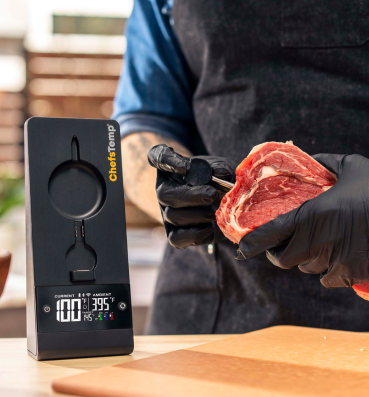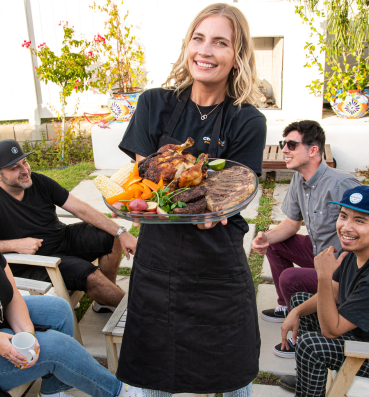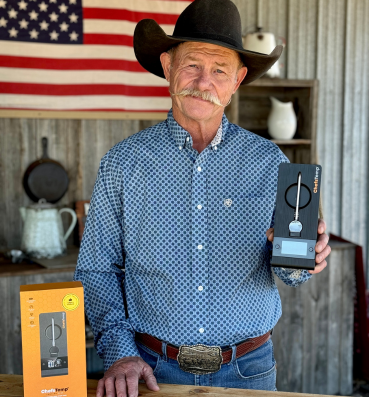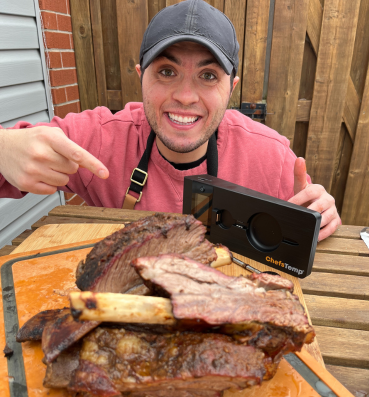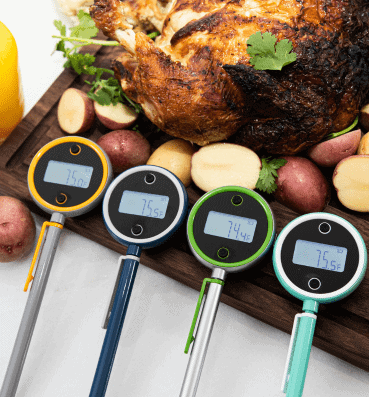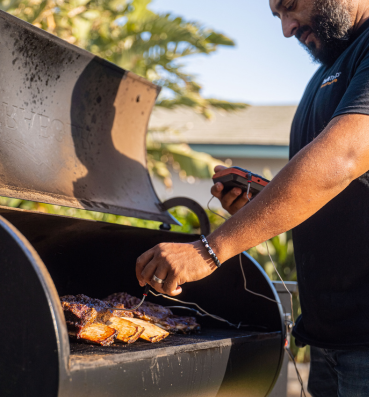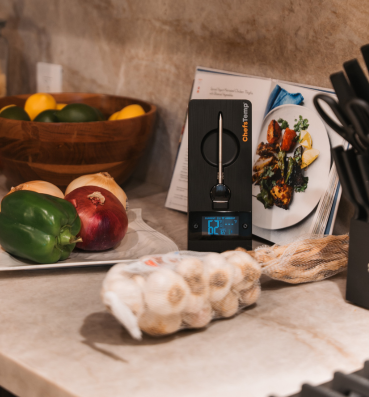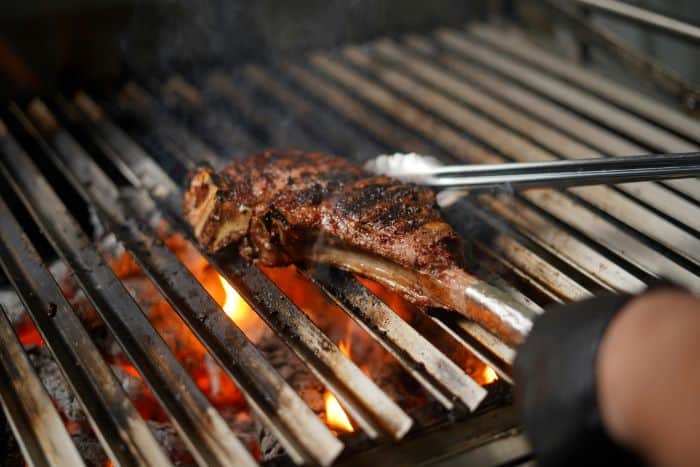
Avoid Foodborne Illness: The Importance of Accurate Temperature
You may have cleaned your kitchen spotlessly to prepare it for the next cook-up, but did you know that a squeaky clean kitchen is not the only thing needed for safe cooking? Equally more critical for food preparation is temperature. You might not have thought much about it, but temperature is a massive factor in keeping food safe. One slip-up and you can turn a delicious dish into a health risk. The good news? Temperature control is not that difficult to master. Here are some tips to avoid foodborne illness through accurate temperature control.
Table of Contents
Why Temperature Control Matters
Foodborne illnesses can be nasty, yet they are more common than we realize. Millions of people suffer from food-related conditions annually, often for something so simple as improper temperature control. Whether you are cooking for your family at home, running a restaurant, or hosting a barbecue party, knowing accurate food temperature control is your best bet against foodborne illnesses.
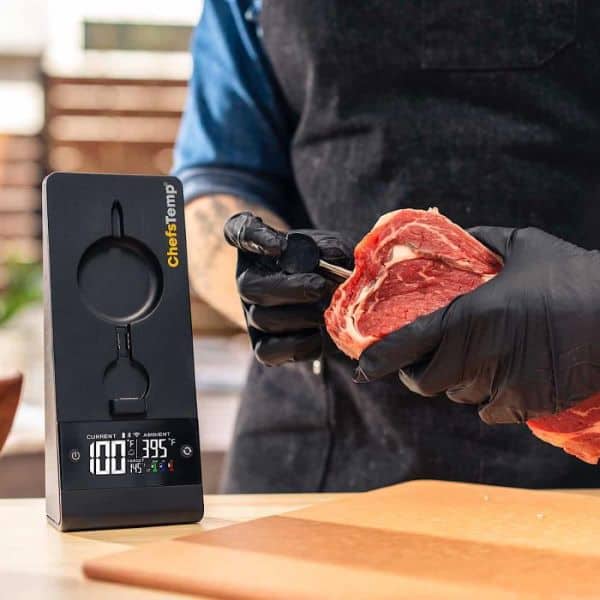
Why? Bacteria thrive in warm environments. The temperature range called “danger zone” (40°F and 140°F (4°C to 60°C) is a critical concept for food safety. Food left in the danger zone for too long can become a breeding ground for these bacteria. Common bacteria found in food, such as E. coli, Listeria, and Salmonella, can multiply quickly within this temperature range. These bacteria are estimated to double their numbers every 20 minutes, turning delicious cooked food into a health hazard. These bacteria are invisible to the naked eye, and they don’t affect the appearance, smell, or taste of the food, making them more dangerous.
Food enters the danger zone when it doesn’t reach or is not kept at a safe temperature, either through cooking, holding, or storage. This is why cooked food that is left out on the counter for too long, and raw meat that is not refrigerated promptly can become unsafe. Thus, the only way to avoid the danger zone is to make sure food reaches the right temperature when cooking. This is where the importance of a food thermometer comes into the picture.
Cook to the Right Temperature
Cooking food, especially meat, to its recommended internal temperature kills most of these disease-causing bacteria. The only way to accurately tell if the food is safely cooked is by using a food thermometer.
Also, it is essential to note that different foods have different requirements for internal cooking temperatures. For example, whole cuts of pork, beef, veal, and lamb must reach 145°F or 63°C and the meat be allowed to rest for 3 minutes before cutting or eating. The same internal temperature is needed for fish with fins or until the flesh looks opaque and can be separated via fork easily. Ground meats, on the other hand, must reach 160°F (71° C). Poultry meats, including ground chicken and turkey, require a higher internal temperature of 165°F (74° C). Again, only a food thermometer (specifically a meat thermometer) can help you accurately check the internal temperature of the food you are cooking.
Holding Temperature
Cooking food to the right temperature is just one thing. After cooking, food must be eaten immediately or kept at a safe holding temperature. Hot food must be kept at 140°F (60°C) or higher or must be kept at 40°F (4°C) or below.
For buffets, or if you are holding a party at home, consider investing in slow cookers or chafing dishes. These will keep the food hot at a safe (and ideal) temperature.
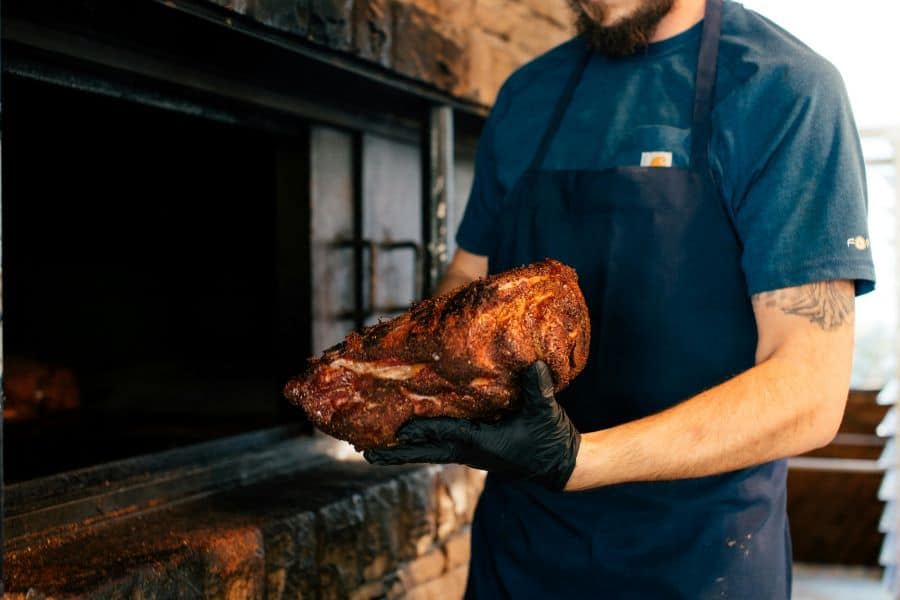
Cooling Through Refrigeration
Refrigeration is one of the most important aspects of food safety. The cold temperature dramatically slows down the growth of bacteria, keeping your food safe for a longer time. However, it is also important to note that not all refrigerators are made equal, and temperatures can vary from one fridge to another.
To keep perishable food safe for longer, set your fridge at 40°F (4°C) or lower. Use a thermometer to accurately read the temperature of your fridge. If you have an older fridge, then chances are it’s not cooling accurately, the same goes if you open your fridge frequently. Moreover, avoid overloading your fridge. This will prevent cold air from circulating properly and can cause uneven cooling.
The Importance of Freezing
The common misconception is freezing kills bacteria, it doesn’t. However, it keeps bacteria from growing, making it a great option for preserving food long-term. However, to get the full benefits, it is best to freeze food while it is fresh and safe.
If you plan on freezing proteins like poultry, or leftovers, make sure to get them in the freezer as soon as possible, preferably within a couple of hours. The freezer must be set at 0°F (-18°C) or lower. Also, date and label your frozen items so you know how long they have been in the freezer. While food can last for months in the freezer, it is best to use it within a reasonable time to ensure quality.
How To Thaw Safely
Another important aspect of safe food preparation is thawing. Thawing food improperly, especially meat, can turn your delicious ingredients into unsafe food. The most common mistake is taking food, most commonly meat, out of the freezer and putting it onto the countertop. By doing this, the outside layer enters the danger zone while the inside remains frozen. This means bacteria have time to grow on the surface.
The best way to thaw your food is in the refrigerator, where the temperature is safe and consistent. If you need to thaw quickly, use a microwave or place the food in a sealed bag before submerging it in cold water. If you opt for the latter, make sure to change the water every 30 minutes. Once thawed, cook the food immediately.
Final Thoughts
Using food thermometers is the most reliable way to accurately control the temperature of your food and minimize your risk of acquiring foodborne illnesses. Whether you are cooking on the stovetop, frying, baking, grilling, etc., a thermometer ensures food reaches its safe internal temperature.
There are plenty of options for convenient temperature reading while cooking. Instant-read thermometers, for example, offer quick temperature checks. Probe thermometers, on the other hand, can be left in the meat while cooking, giving you a consistent reading of the internal temperature of the meat you are working on.
Discover Other ChefsTemp Products
Discover more recipes and learn kitchen tricks by joining our cooking family on Facebook.
You may also like:
